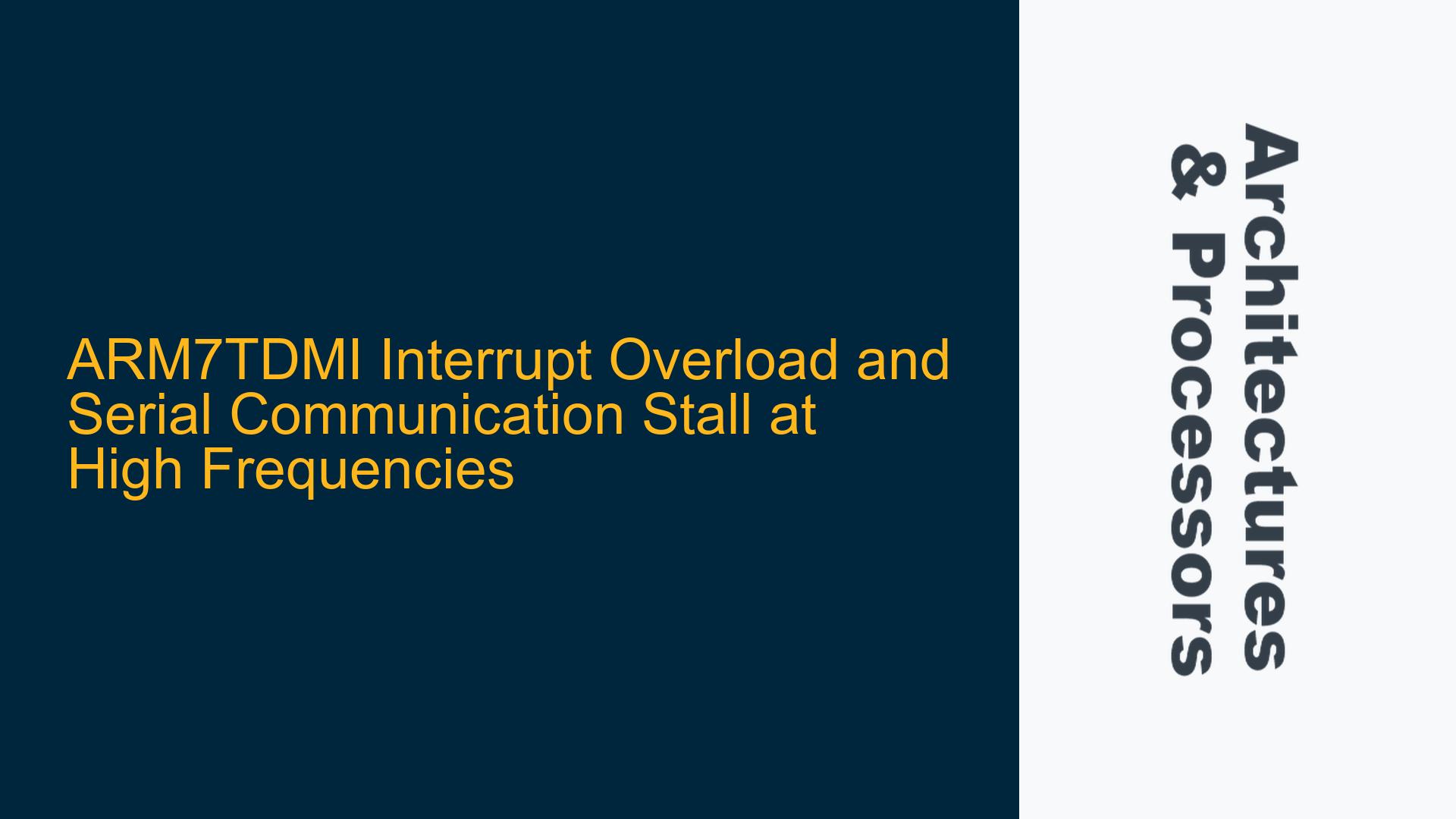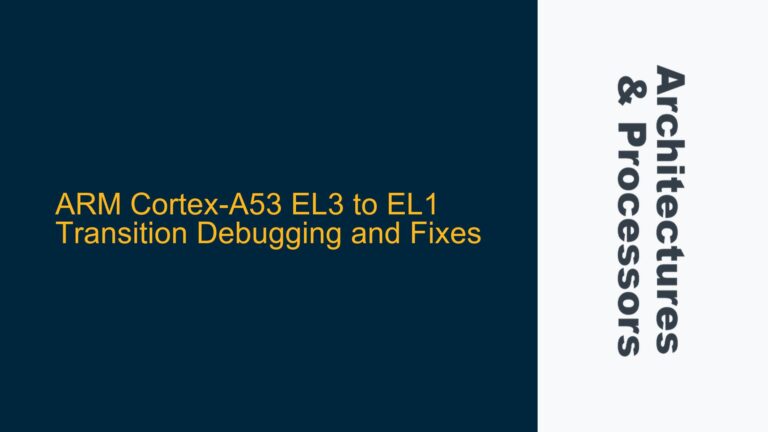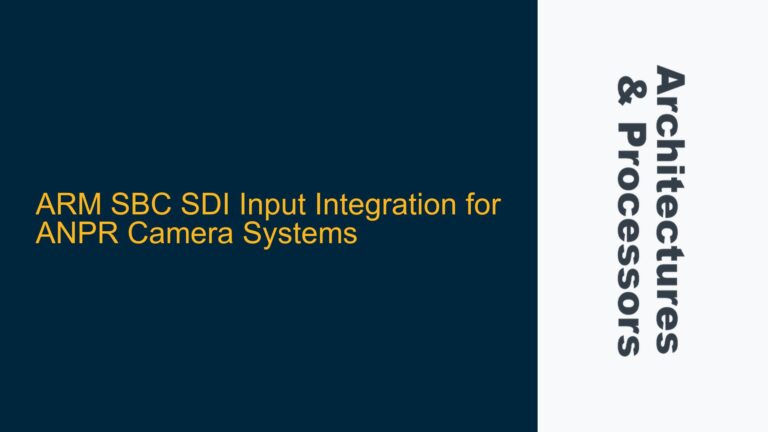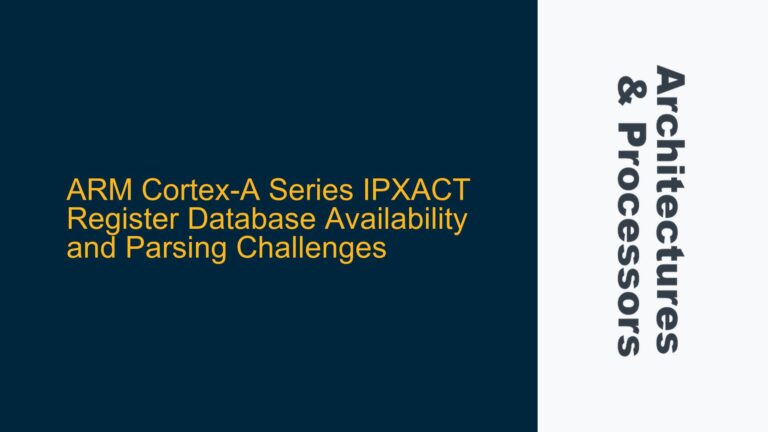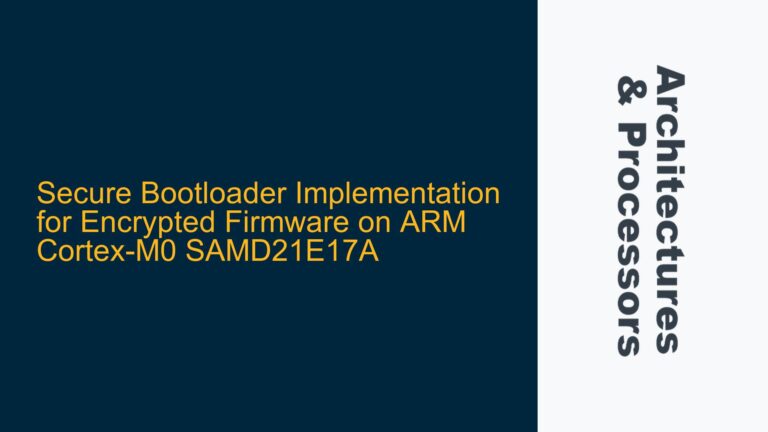ARM7TDMI Interrupt Latency and Serial Communication Stall at 200kHz Input Frequency
The core issue revolves around the ARM7TDMI-based LPC2368 microcontroller experiencing interrupt overload when processing high-frequency input signals, leading to the stalling of the main program loop and subsequent failure of RS232 serial communication. The LPC2368 operates at a clock speed of 48MHz and utilizes a Vectored Interrupt Controller (VIC) to manage interrupts. The problem manifests when the input signal frequency reaches 200kHz, causing the microcontroller to spend an excessive amount of time in Interrupt Service Routines (ISRs), leaving insufficient time for the main program loop to execute, particularly for serial data transmission.
The ARM7TDMI core, while robust for many embedded applications, has inherent limitations in handling high-frequency interrupts due to its relatively low clock speed and lack of advanced features such as cycle counters or hardware acceleration for interrupt handling. The LPC2368’s VIC allows for prioritization and vectoring of interrupts, but when the interrupt rate exceeds the processor’s ability to service them, the system can enter a state where interrupts are continuously pending, leading to a cascade of latency issues.
The user measured the ISR execution time using a timer running at the CPU clock frequency, revealing that each ISR takes approximately 522 cycles to complete. Given the 48MHz clock speed, this translates to roughly 10.875 microseconds per ISR. At an input frequency of 200kHz, the interrupt rate is one every 5 microseconds, meaning the ISR execution time exceeds the time available between interrupts. This results in a backlog of pending interrupts, causing the main program loop to stall and serial communication to fail.
Excessive ISR Execution Time and ARM7TDMI Architectural Limitations
The primary cause of the issue is the excessive execution time of the ISR relative to the interrupt frequency. The ARM7TDMI core, while capable of handling a wide range of embedded tasks, is not optimized for high-frequency interrupt handling. The lack of a cycle counter on the ARM7TDMI complicates performance analysis, requiring the use of timers to measure ISR execution time. The measured 522 cycles per ISR is significantly higher than the 240 cycles available between interrupts at 200kHz, leading to an unsustainable interrupt load.
Another contributing factor is the ARM7TDMI’s single-cycle execution model, which does not support out-of-order execution or advanced pipelining techniques found in more modern ARM cores. This means that every instruction in the ISR must complete before the next can begin, leading to longer execution times. Additionally, the LPC2368’s VIC, while providing prioritization and vectoring, does not offer hardware acceleration for interrupt handling, further exacerbating the issue.
The user’s approach of using a timer to measure ISR execution time is correct, but the results highlight a fundamental limitation of the ARM7TDMI core in this context. The 522-cycle ISR execution time is too long for the given interrupt frequency, leading to a situation where the processor is constantly servicing interrupts and has no time to execute the main program loop. This is compounded by the fact that the ARM7TDMI does not support nested interrupts, meaning that once an ISR begins, no other interrupts can be serviced until it completes.
Optimizing ISR Execution and Exploring Hardware Solutions
To address the issue, several approaches can be taken, ranging from optimizing the ISR to considering hardware upgrades. The first step is to optimize the ISR to reduce its execution time. This can be achieved by minimizing the number of instructions in the ISR, using more efficient algorithms, and avoiding costly operations such as floating-point calculations or complex data structures. Moving the ISR to RAM can also reduce execution time by eliminating the need to fetch instructions from slower flash memory.
Another approach is to use Fast Interrupt Requests (FIQs) instead of regular IRQs. FIQs have a separate set of registers, reducing the context switching overhead and allowing for faster interrupt handling. However, this requires rewriting the ISR in assembly language, which can be time-consuming and error-prone. Additionally, FIQs have a higher priority than IRQs, which can help ensure that critical interrupts are serviced promptly.
If software optimizations are insufficient, upgrading to a more powerful microcontroller may be necessary. The LPC2368 can be overclocked to 72MHz, which would provide more cycles between interrupts and reduce the relative execution time of the ISR. However, this approach has its own risks, including increased power consumption and potential stability issues. A more robust solution would be to migrate to a microcontroller with a more advanced ARM core, such as the Cortex-M series, which offers features such as nested interrupts, hardware acceleration for interrupt handling, and higher clock speeds.
In conclusion, the issue of interrupt overload and serial communication stall on the ARM7TDMI-based LPC2368 is primarily due to the excessive execution time of the ISR relative to the interrupt frequency. Optimizing the ISR, using FIQs, and considering hardware upgrades are all viable solutions, but each comes with its own set of trade-offs. Careful analysis and testing are required to determine the best approach for a given application.
